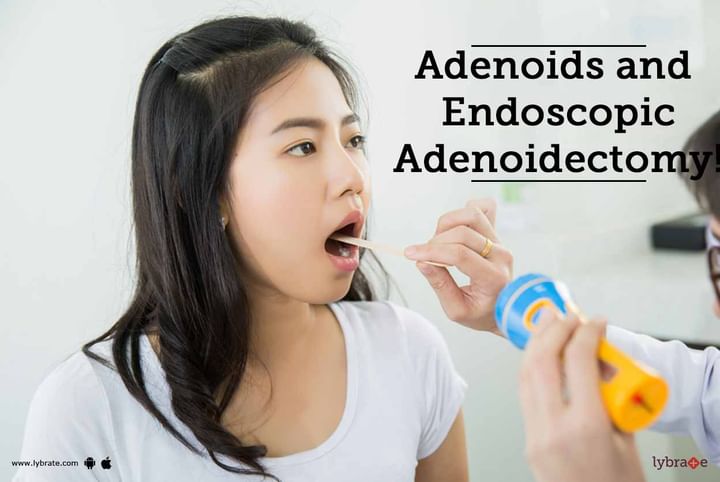Adenoids and Endoscopic Adenoidectomy!
Adenoids are part of the ENT (ear-nose-tongue) area. They are basically lump of tissues situated at the back of the nose and higher up in the throat passage. Along with tonsils, they form a part of the lymphatic system and are also known as pharyngeal tonsils. They work in conjunction with tonsils to keep infections and viruses at bay. They also help in maintaining the body fluid balance.
Adenoids mostly occur in children. They basically start to grow from birth and can become enlarged between the ages of 5 to 7 years. They become swollen by fighting some bacteria or virus. However, by teenage years they start to shrink and completely disappears by adulthood. They do not help in fighting diseases and the body develops other ways to fight germs and bacteria.
Problems Caused by Adenoids:
Although adenoids are not harmful, they can become enlarged or swollen when fighting bacteria or viruses. In such situations, it is best to consult pediatric or ENT specialists. However, there are certain symptoms that occur in children:
- Breathing problems- Children may experience difficulty in breathing through the nose. Instead, they breathe through the mouth which might lead to dry mouth resulting in bad breath and cracked lips.
- Sleeping problems- Children having swollen adenoids having difficulty in having sound sleep. They might snore or experience sleep apnea (irregular breathing or might stop breathing for few seconds).
- Ear infections- Have ear infections and even develop glue ear (the ear duct is filled with fluids).
- Sinus problem- Your child may experience runny nose or facial pain.
Diagnosis
If your child is experiencing the above symptoms and having difficulty breathing, its best to visit an ENT specialist to get the adenoids checked out. The adenoids cannot be seen through normal eyes and has to be examined using special methods like endoscopy. An endoscope is a long flexible tube with a light, it is inserted through the mouth and the image of the inside of the mouth is seen on a screen.
Treatments for Adenoids:
Depending on the severity of the adenoids, it can be treated with nasal sprays or drops and antibiotics suggested by a doctor. If the adenoid does not shrink or the problem persists, it’s best to go for adenoidectomy.
What is Adenoidectomy? Adenoidectomy is the surgical removal of adenoids. It is generally performed by an ENT surgeon and carried out through the mouth under general anesthesia. The whole operation only requires a day. Your child is released at the end of the day.
Recovery:
After the surgical procedure, your child may experience:
- Sore throat
- Ear ache
- Stiff jaw
- Runny nose
- Bad breath
All of these difficulties pass away within a week or two. However, you should be careful as there is always a risk of infection after an operation. In case of excessive bleeding, known as hemorrhage, your child may need another surgery where the bleeding is stopped by cauterization.
Moreover, food and drink should be monitored carefully. As your child will have difficulty in swallowing food, it’s best to have fluids like soups or yoghurt. Remember to give them plenty of water to avoid dehydration.
Adenoids are not scary diseases. So don’t be scared and give your child all the care and support when they are facing difficulty in breathing or sleeping.



+1.svg)
